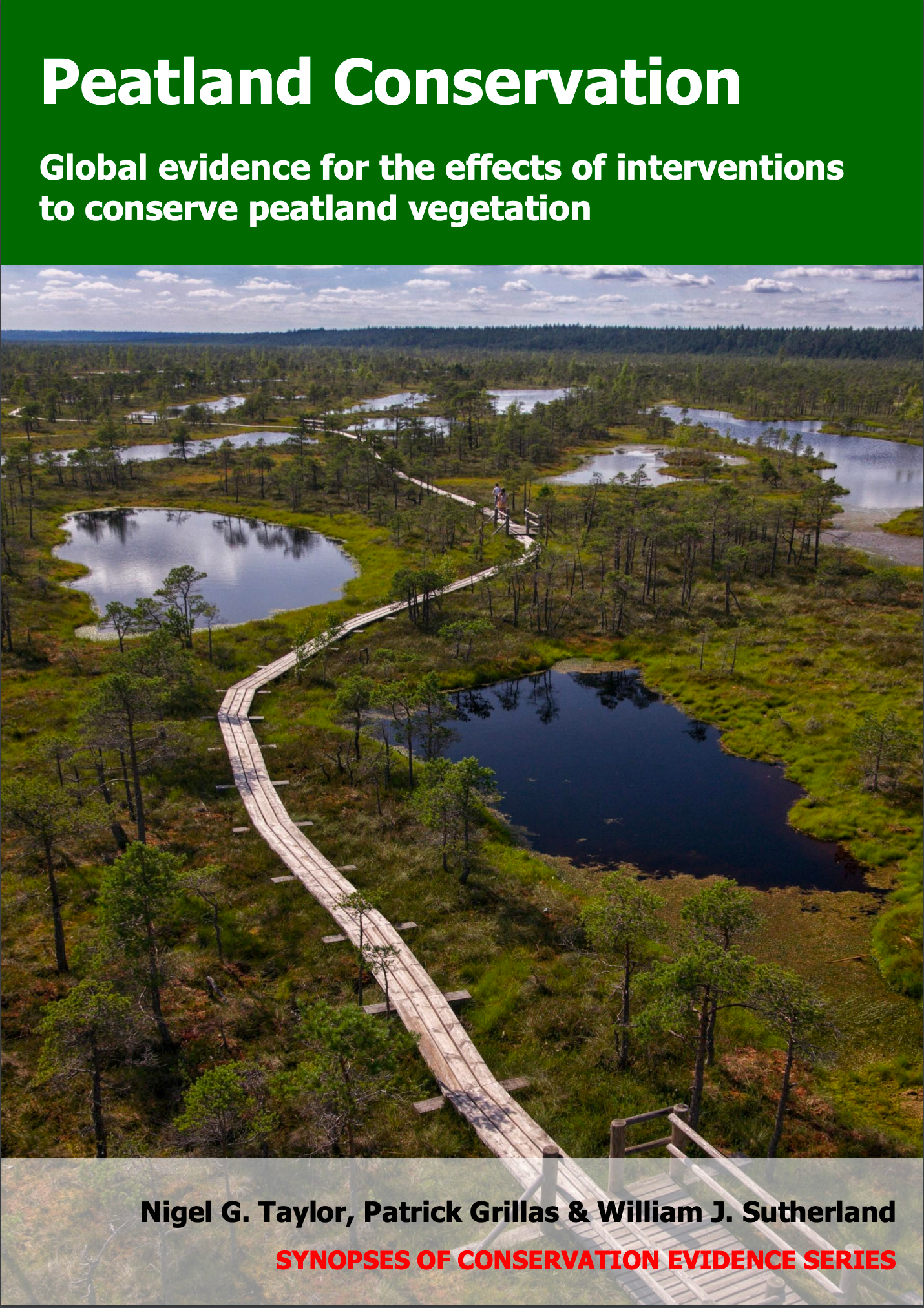Change season/timing of cutting/mowing
-
Overall effectiveness category Unknown effectiveness (limited evidence)
-
Number of studies: 2
View assessment score
Hide assessment score
How is the evidence assessed?
-
Effectiveness
50% -
Certainty
25% -
Harms
10%
Study locations
Supporting evidence from individual studies
A replicated, randomized, paired, before-and-after study in 1980–1982 in a fen meadow in England, UK (Rowell et al. 1985) reported that mowing in different seasons generally produced similar changes in plant community composition, but found that summer-mown plots experienced larger increases in plant species richness than spring- and autumn-mown plots. Over two years, changes in overall plant community composition were similar in spring-, summer- and autumn-mown plots in four of six cases. In one plant community, autumn-mown plots developed different plant communities to spring- and summer-mown plots (data reported as graphical analyses; results not tested for statistical significance). Species richness increased significantly more in summer-mown plots than spring- or autumn-mown plots in three of four cases (summer-mown: 0.8–1.4 extra species; spring-mown: 0.2–0.5 extra species; autumn-mown: 0.2–0.3 extra species/250 cm2). In 1980–1982, annual mowing treatments were randomly applied to four 25 m2 plots in each of 10 blocks (situated in two different fen meadow community types). In each block, one plot was spring-mown (May), two were summer-mown (July) and one was autumn-mown (September). Cuttings were removed. Immediately before each mowing, vascular plant species were recorded in sixteen 250 cm2 quadrats/plot.
Study and other actions testedA study in 1956–1989 in a historically mined peatland in the Netherlands (van Diggelen et al. 1996) reported that summer- and winter-mown areas developed different types of plant communities. No statistical tests were carried out. Initially, areas destined for each mowing regime contained similar vegetation types: 42–52% of the surface was covered by reedbeds, 28–30% by fen vegetation (mostly alkaline ‘rich’ fens), 20–25% by meadows and 0% by bogs. After approximately 30 years of mowing, summer-mown areas had developed into acidic poor fens (62%) and bogs (21%), with some reedbeds (14%). In contrast, winter-mown areas had mainly developed into reedbeds (68%) and poor fens (32%). In 1989, vegetation was mapped in 5 ha of summer-mown peatland and 30 ha of winter-mown peatland. This was compared to maps created in 1956. Vegetation was developing on pools created by historical peat extraction. By 1989 the peatland had been mown for approximately 30 years, but it was not clear whether the peatland was abandoned or mown before this.
Study and other actions tested
Where has this evidence come from?
List of journals searched by synopsis
All the journals searched for all synopses
This Action forms part of the Action Synopsis:
Peatland Conservation
Peatland Conservation - Published 2018
Peatland Conservation





)_2023.JPG)














